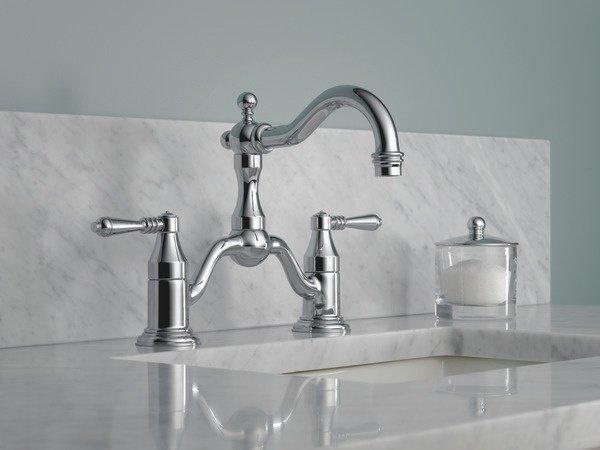Let’s be honest—water’s getting expensive. And with droughts becoming more common, it’s no surprise homeowners are looking for ways to cut back. That’s where greywater recycling systems come in. Think of them like a second chance for your water—after you’ve showered or done laundry, that water doesn’t have to go down the drain. It can water your garden, flush your toilet, or even wash your car. Pretty neat, right?
What Exactly Is Greywater?
Greywater is the gently used water from sinks, showers, washing machines, and bathtubs. It’s not drinkable, but it’s not sewage either—somewhere in between. Unlike blackwater (from toilets), greywater can be safely reused with minimal treatment. The trick? Keeping soap, food particles, and grease to a minimum.
How Greywater Recycling Works
Here’s the deal: greywater systems capture water before it hits the sewer, filter out the gunk, and redirect it where you need it. Simple systems might just divert laundry water to your garden. More advanced setups can store, treat, and pump water throughout your home. Here’s a quick breakdown:
- Basic diversion: A hose or pipe sends greywater straight to your yard (no storage).
- Filtered systems: Removes hair, lint, and debris for safer reuse.
- Advanced treatment: Uses UV light or biofilters to clean water for non-potable indoor use.
Types of Residential Greywater Systems
| System Type | Best For | Cost Range |
| Laundry-to-landscape | Beginners, small budgets | $100–$500 |
| Branched drain | Garden irrigation | $500–$2,000 |
| Pumped & filtered | Indoor reuse (toilets, etc.) | $2,000–$10,000+ |
Yeah, the prices vary—a lot. But remember, many cities offer rebates for greywater systems. And over time? You’ll likely save more than you spent.
Why Bother With Greywater Recycling?
Well, aside from feeling like a water-saving superhero, here’s why it’s worth considering:
- Lower water bills: Reusing greywater can cut household water use by up to 40%.
- Drought-proofing: Your plants won’t care if there’s a water ban—they’ll still get their drink.
- Less strain on sewers: Fewer gallons going down the drain means fewer overflows during storms.
- Healthier soil: Greywater’s mild soap content can actually benefit certain plants (in moderation).
The Not-So-Fun Part: Challenges
It’s not all rainbows and free water, though. Greywater systems require maintenance—filter cleaning, occasional pipe checks, and using the right soaps (biodegradable, low-sodium). And if you’re in a cold climate, freezing pipes can be a headache. Still, for most homeowners, the pros outweigh the cons.
Getting Started With Greywater at Home
Ready to dip your toes in? Here’s how to start small:
- Check local regulations: Some areas require permits for greywater systems (especially indoor ones).
- Audit your water use: Track where your greywater comes from—laundry and showers are the easiest sources.
- Pick your system: Start simple with a laundry-to-landscape setup if you’re unsure.
- Use greywater-friendly products: Switch to plant-safe soaps and detergents.
Pro Tip: Watch What Goes Down the Drain
Greywater systems hate grease, bleach, and harsh chemicals. A little kitchen grease might not seem like a big deal—until it clogs your irrigation lines. Stick to gentle, natural cleaners, and your system will thank you.
The Future of Greywater
As water scarcity worsens, greywater recycling is going mainstream. New smart systems monitor water quality automatically, and compact filters make retrofitting easier. Some homes even combine greywater with rainwater harvesting for total water independence. Imagine that—a house that barely touches the municipal supply.
So, is greywater recycling a magic bullet? No. But it’s a practical, underused tool in the fight against waste. And honestly? In a world where every drop counts, that’s something worth thinking about.








